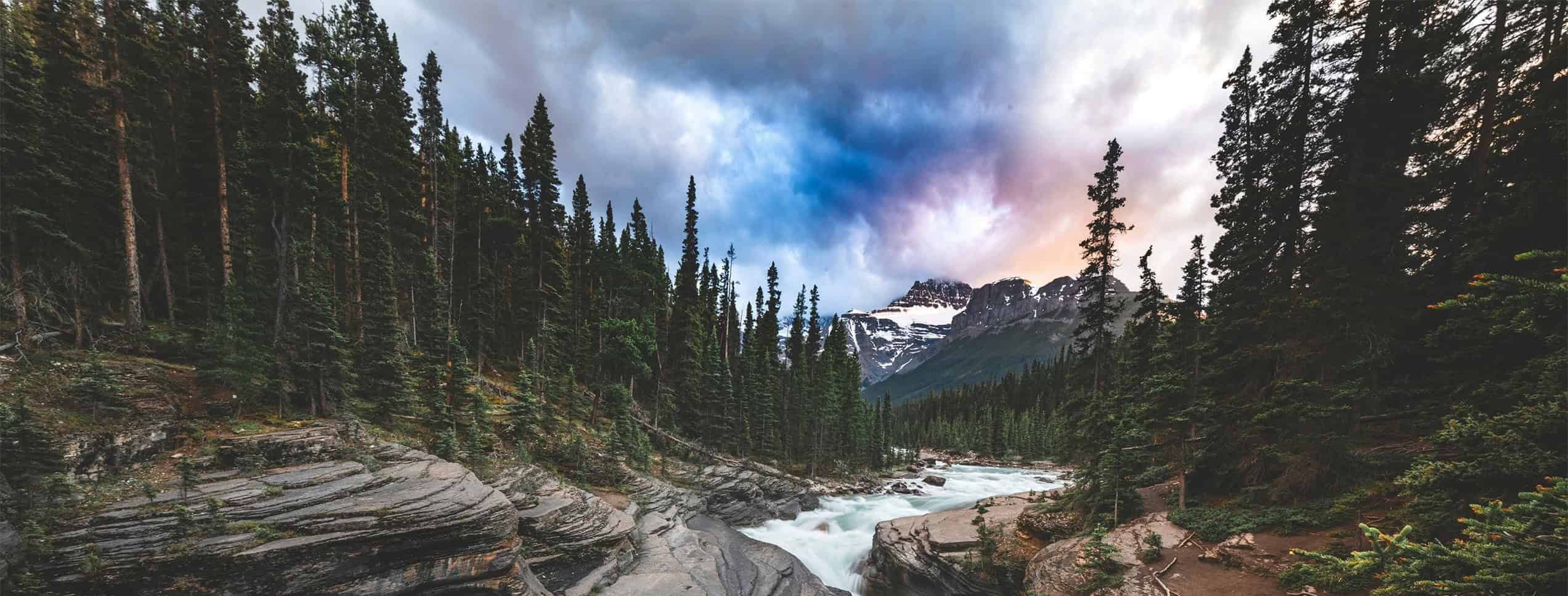Why choose SAIT?
Let our current international students tell you why SAIT is an excellent choice.
Our student ambassadors share their journeys #HereAtSAIT, including what moving to Canada and starting school has been like and what makes Calgary, Alberta, a great destination of choice.
Tip: Turn on the closed captioning and view this video in a number of different languages!
Learn about SAIT in your language
Do you have family or friends at home that don't speak English? No problem.
We've translated key information about SAIT into various languages to ensure they can get to know us!
International Centre
SAIT's International Centre will provide you with a supportive and inclusive environment from your arrival to beyond graduation.
From admissions assistance to immigration advising to connecting you with academic support and on-campus activities, we're here to help you succeed.
We're here to guide you
A leader in action-based learning and solution-focused research, SAIT is built on passion — shared by our students, faculty and staff — to shape new worlds as entrepreneurs, leaders and community builders.
A SAIT education offers practical experience and theoretical knowledge in a real-world context where students will benefit from hands-on learning in labs and classrooms.
Arriving in Canada
Visas and permits
As an international student, it's your responsibility to ensure you have the necessary immigration documents to study, work and live in Canada.
Explore our guides to make the process of applying for your necessary permits an easy one!
Study Permit
International students who are not Canadian citizens or permanent residents of Canada require a study permit.
Temporary Resident Visa
Your TRV indicates you have met the requirements for admission to Canada as a temporary resident.
Co-op Work Permit
This work permit is issued to international students with a mandatory work experience (co-op, internship or practicum) component as part of their program of study.
Post-Graduation Work Permit
A post-graduation work permit (PGWP) is an open work permit that allows international graduates to live and work in Canada for a designated period of up to three years.
Upcoming events
Study in Calgary
Experience Canada's world-renowned hospitality as you live and study in a dynamic economic hub. Calgary is one of the safest and most multicultural cities in the country.
Most people know Calgary as the centre of Canada's energy industry, but it is so much more than that. A vibrant, urban city, Calgary is home to a world-class arts scene, a diverse population, and a globally recognized standard of living. Situated just a short distance from the Rocky Mountains, Calgary is perfect for work and play. Discover Calgary for yourself.
One of the main reasons that brought me to this institution, in addition to the various opportunities that we have as students on and off campus, is the support for diversity and inclusion of students from all over the world.
Isreal Cintra (from Brazil)
SAIT alumnus, Business Administration '21
I found it attractive that SAIT had small class sizes: I knew I would learn better by having a chance to establish strong connections with other students and my instructors. My experience was that my instructors and campus staff were caring and helpful. My instructors supported me throughout my learning journey; advisors from the International Centre were always there when I needed help, from understanding how to complete immigration paperwork to coaching me through my concerns.
Anna (from Russia)
SAIT alumna, Digital Graphic Communications '08
Contact us
International Centre
AA206, Heritage Hall, SAIT Main Campus
-
Phone - 1.403.284.8852
-
Email - international@sait.ca
-
Monday - Friday | 8 am - 4:30 pm MST

Oki, Âba wathtech, Danit'ada, Tawnshi, Hello.
SAIT is located on the traditional territories of the Niitsitapi (Blackfoot) and the people of Treaty 7 which includes the Siksika, the Piikani, the Kainai, the Tsuut’ina and the Îyârhe Nakoda of Bearspaw, Chiniki and Goodstoney.
We are situated in an area the Blackfoot tribes traditionally called Moh’kinsstis, where the Bow River meets the Elbow River. We now call it the city of Calgary, which is also home to the Métis Nation of Alberta.
